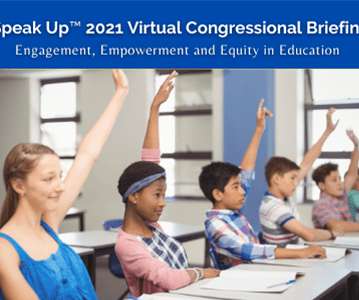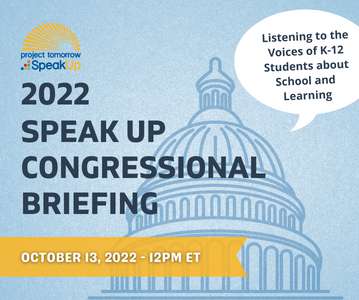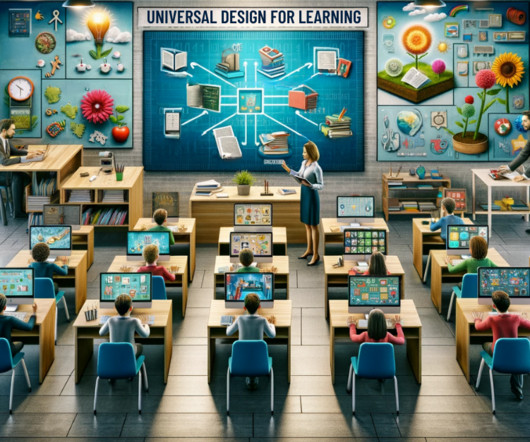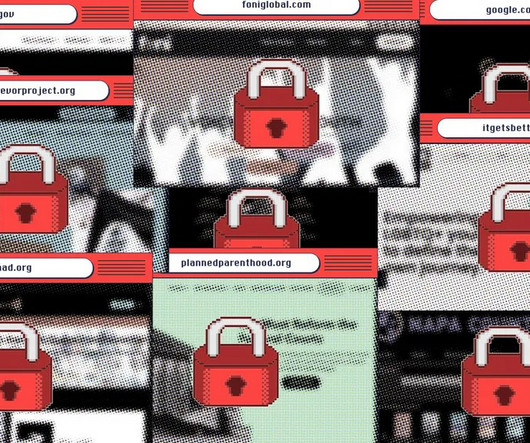20 Years of Student Feedback Drives Digital Learning
edWeb.net
NOVEMBER 17, 2023
Watch the Recording Listen to the Podcast Can you guess what students said was their most-used mobile device in 2003? Evans, CEO of Project Tomorrow and the founder of the heralded Speak Up Research Project, along with a panel of students, had a conversation about decades of trends and the latest shifts in digital learning today.

























Let's personalize your content